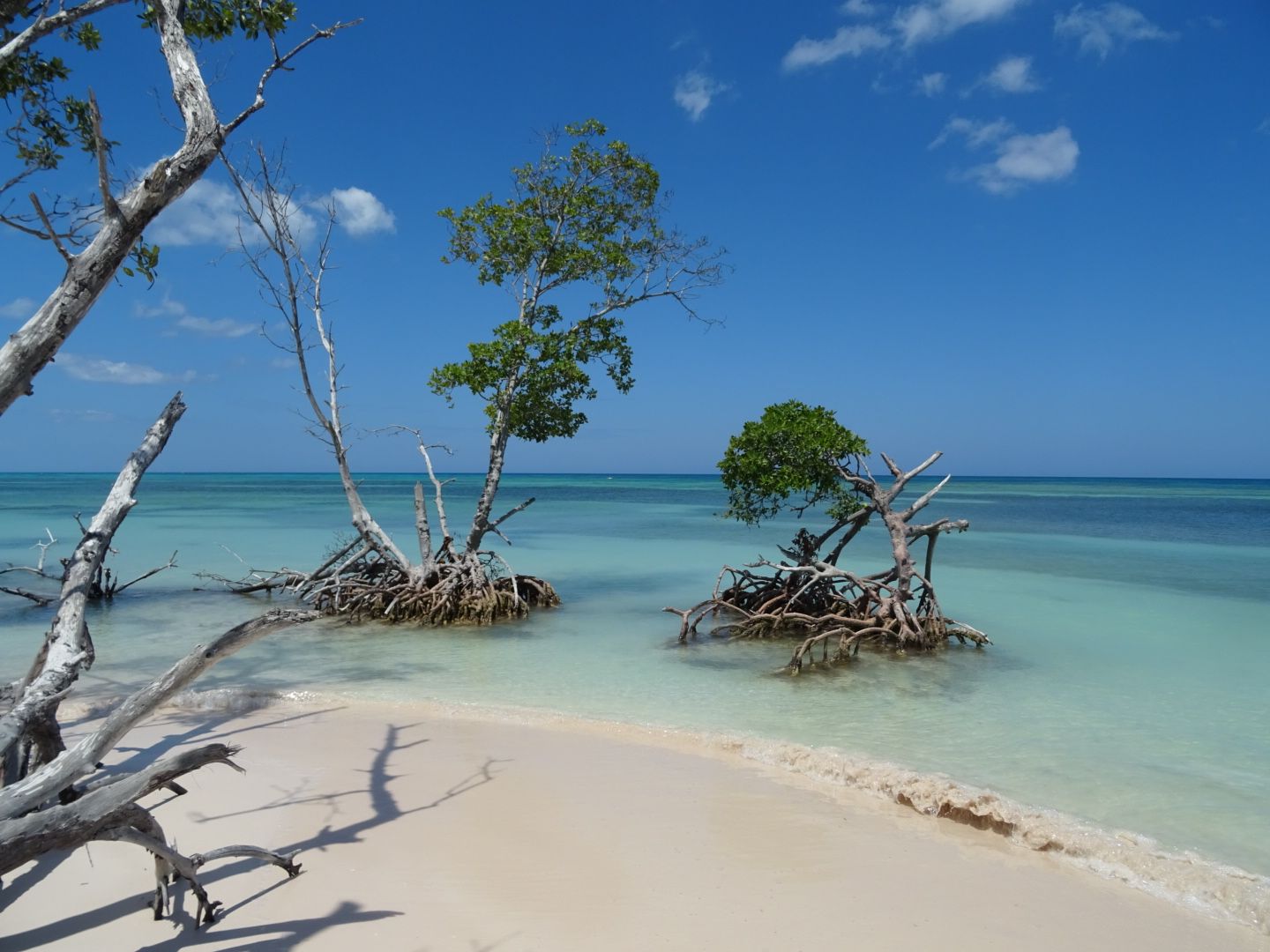
Ich bin dann mal weg
vakantio.de/ich-bin-dann-mal-weg-2223
Malaysia: Borneo (Sarawak)
പ്രസിദ്ധീകരിച്ചു: 07.09.2022
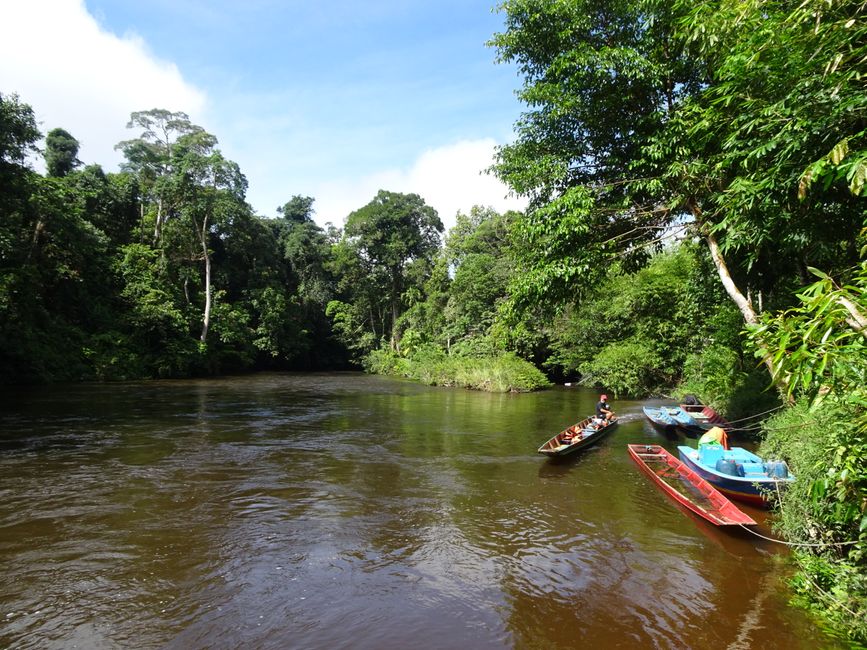
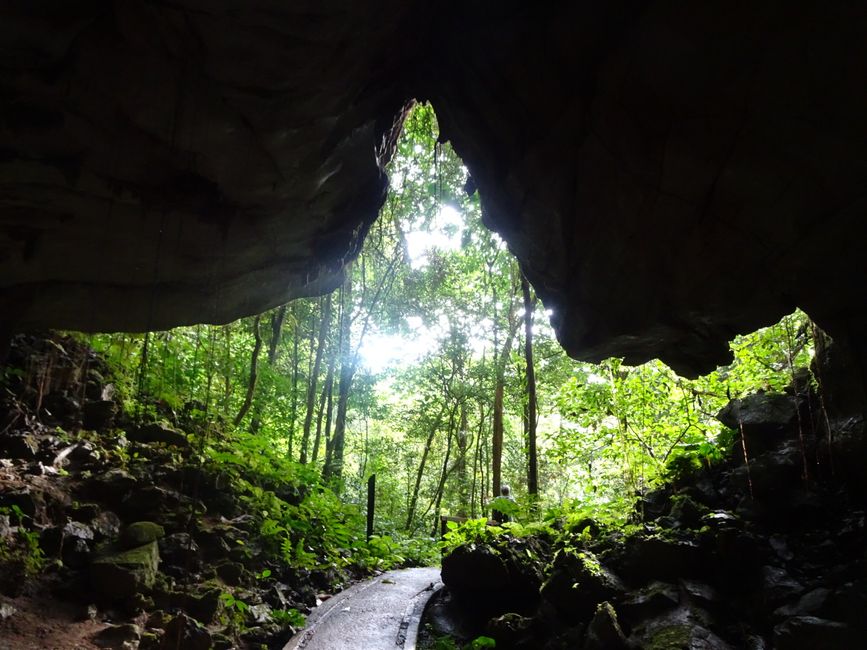
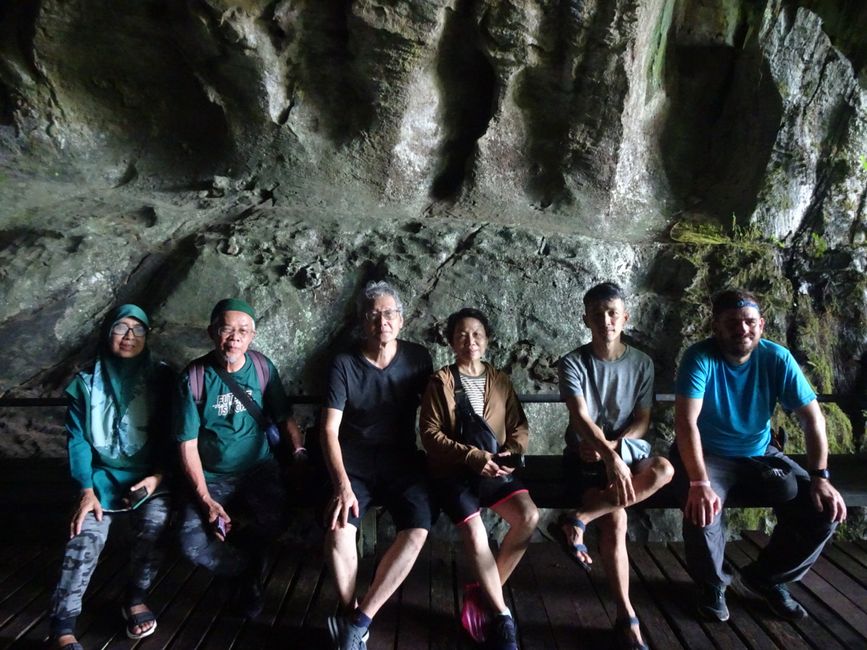
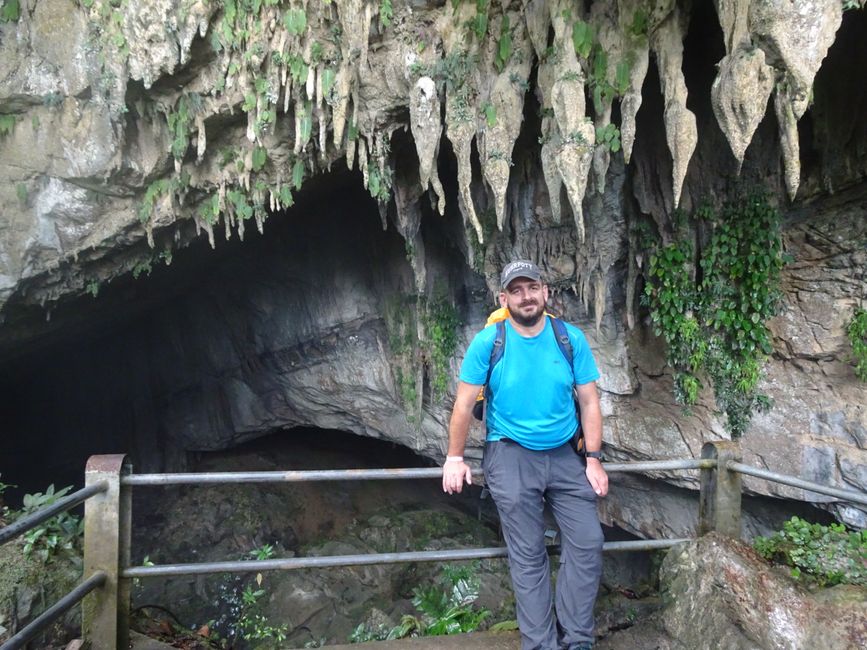
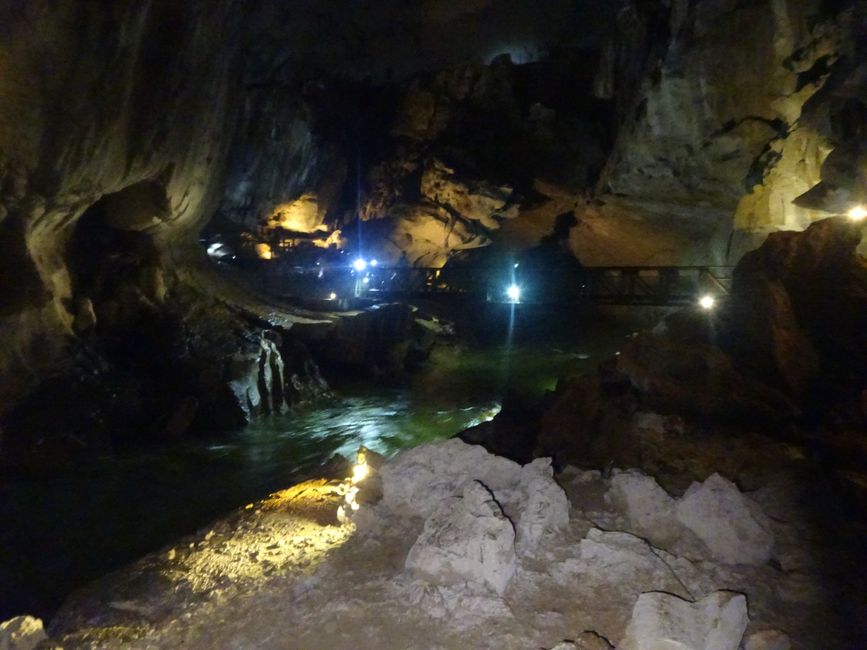
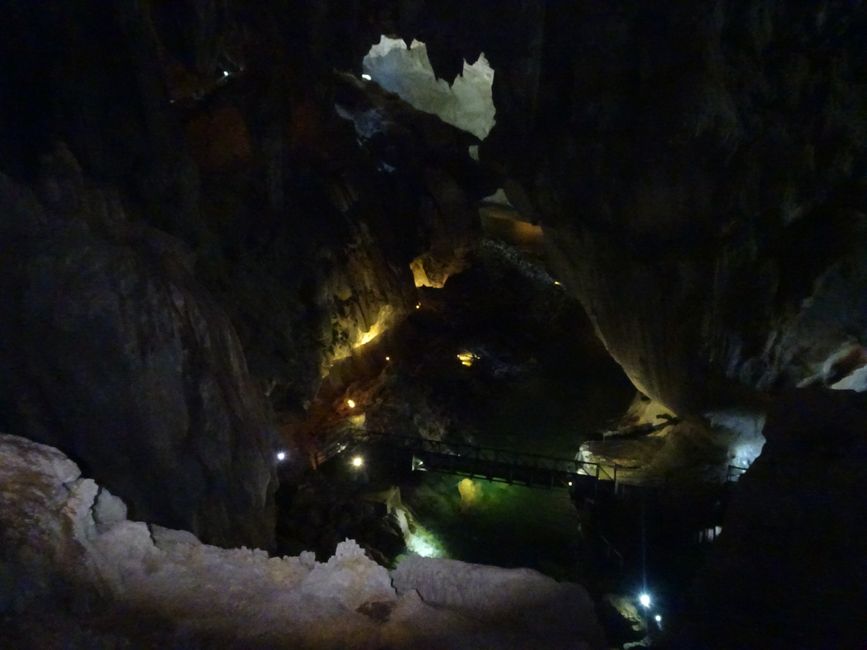
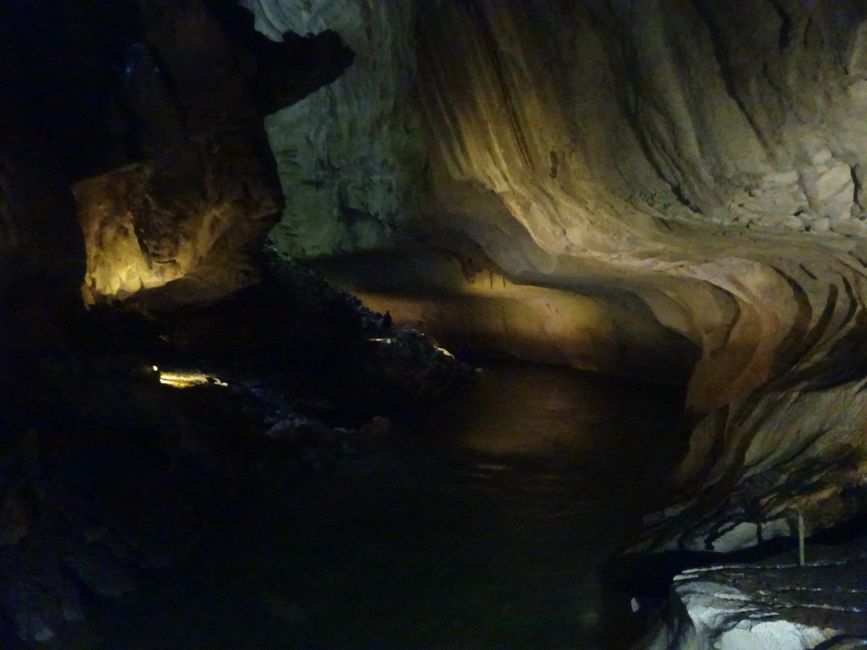
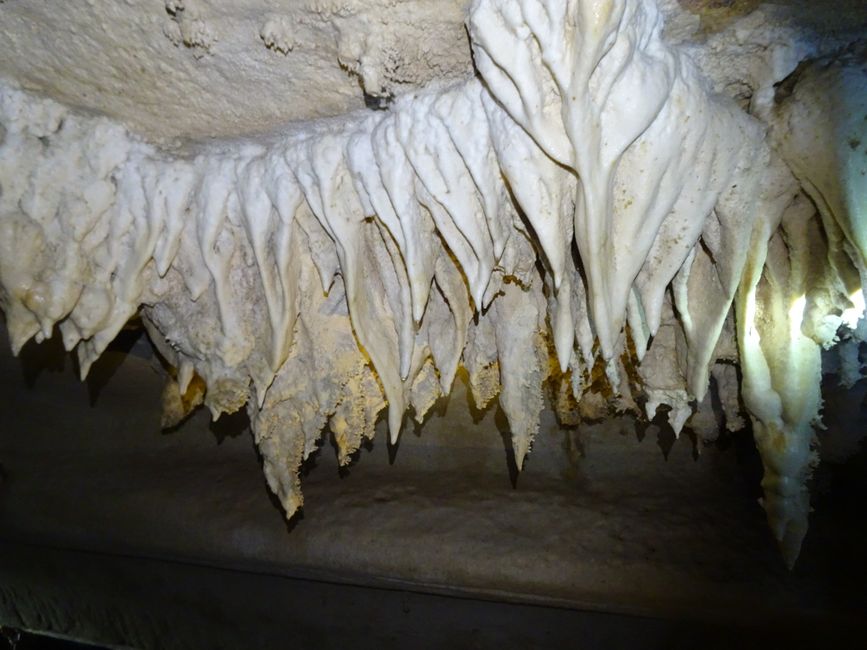
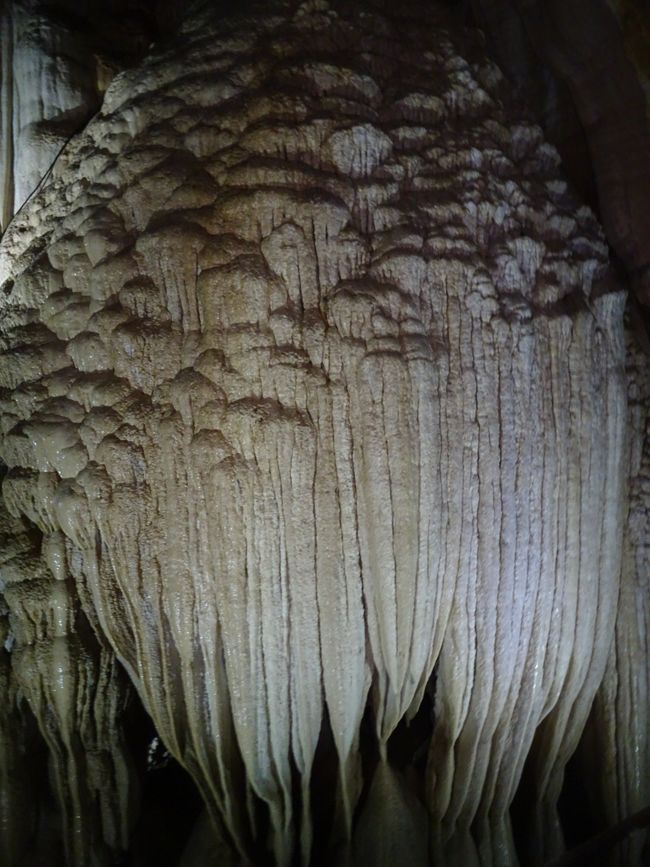
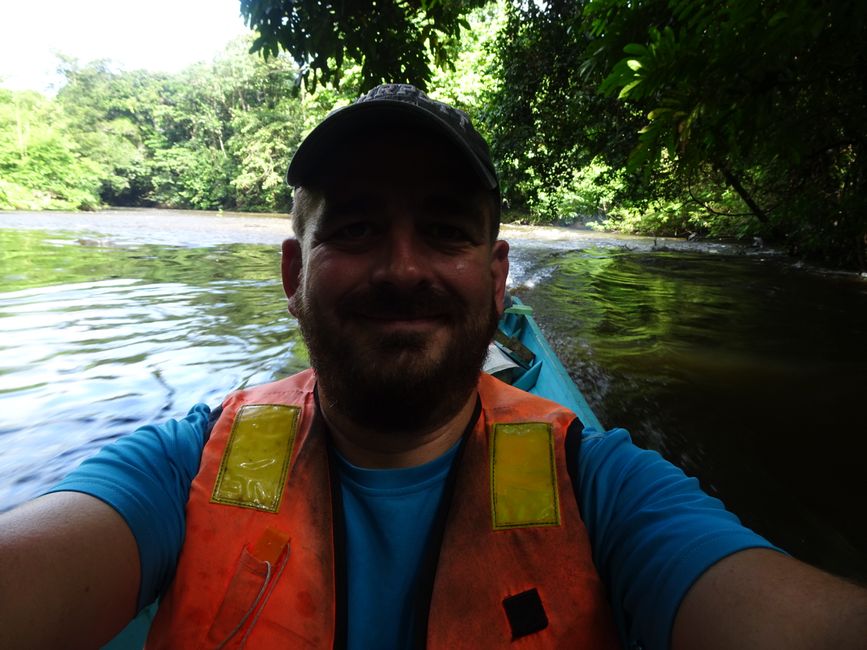
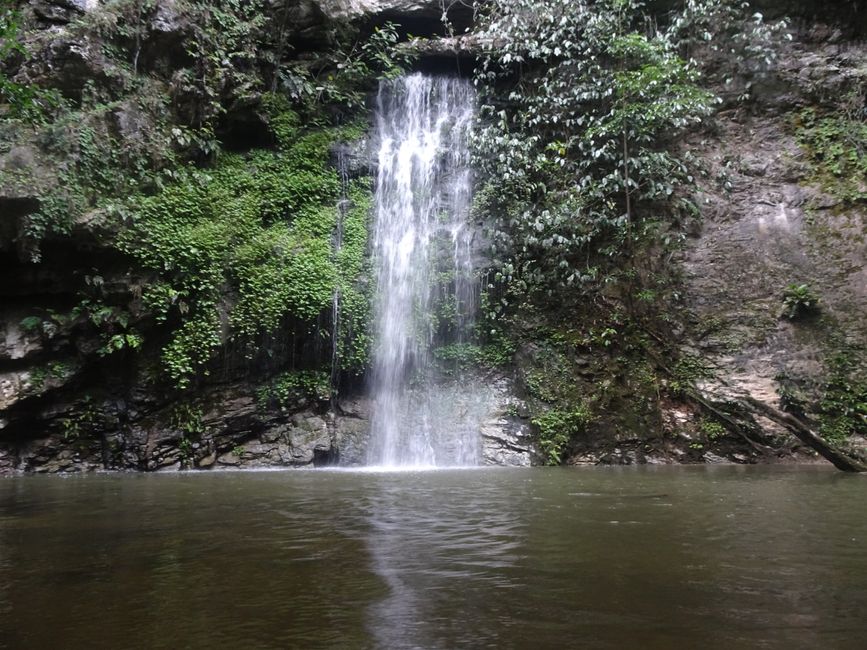
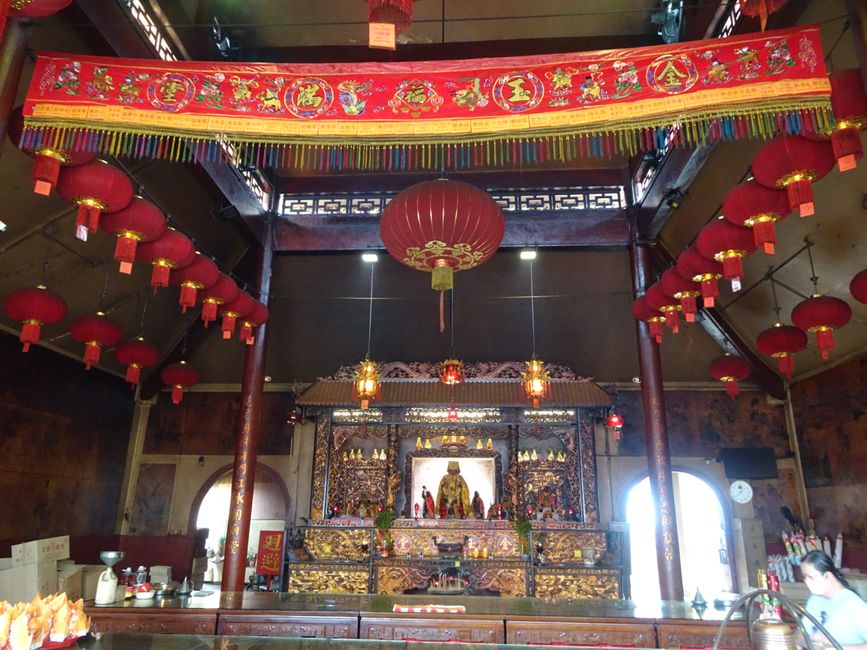
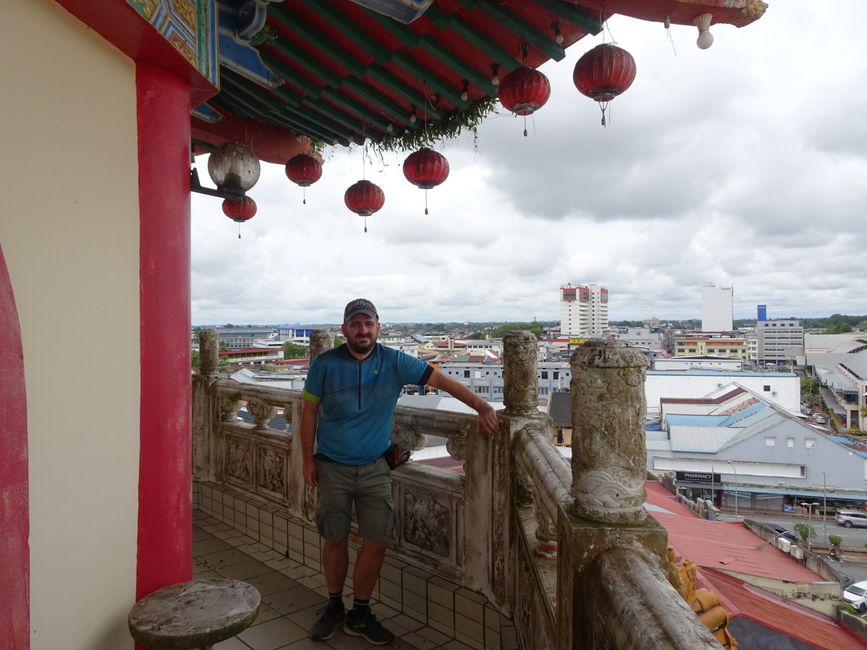
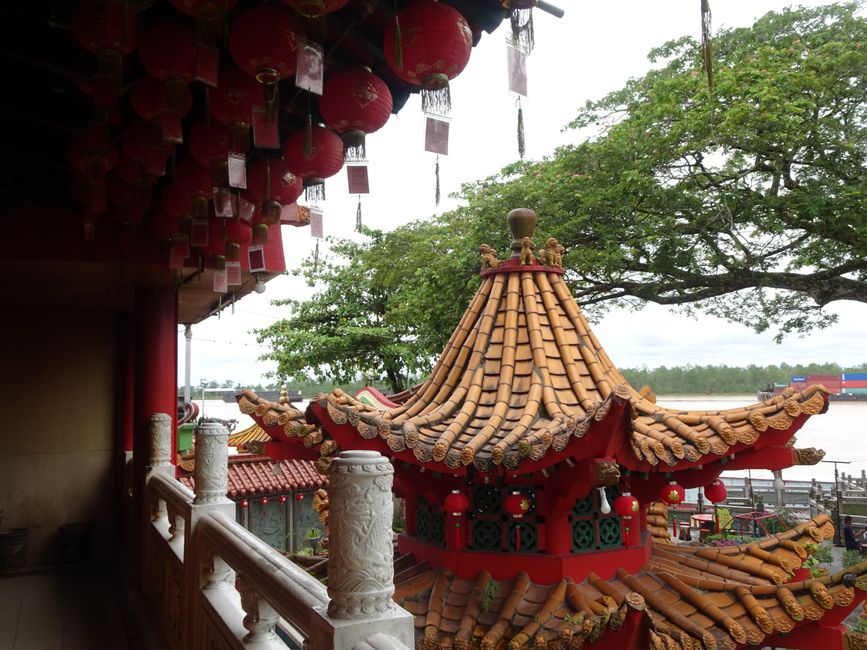
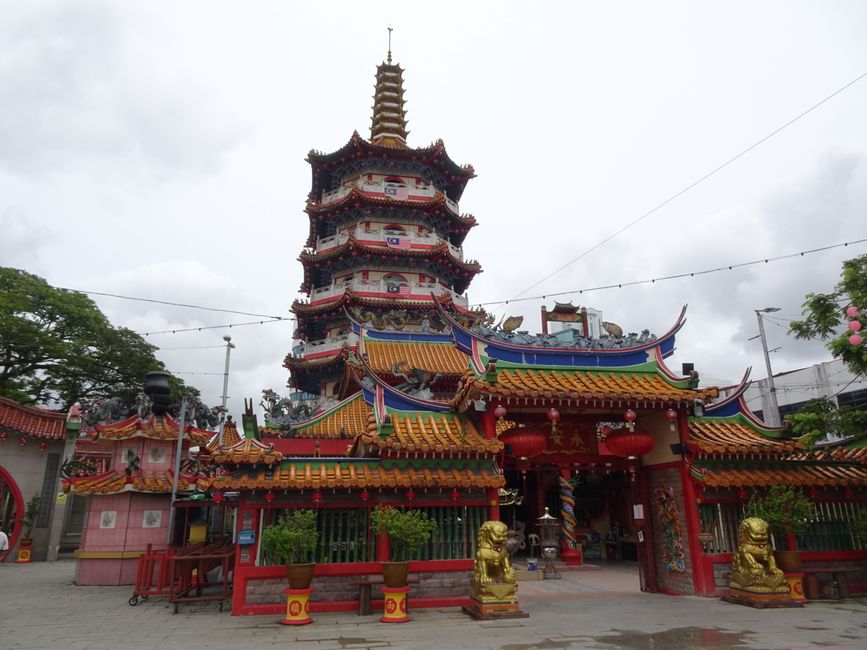
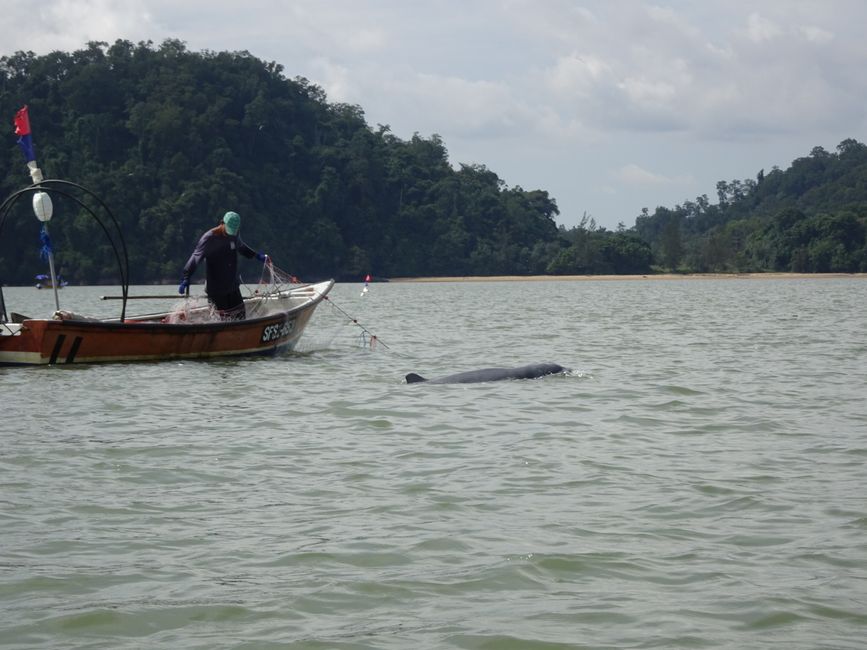
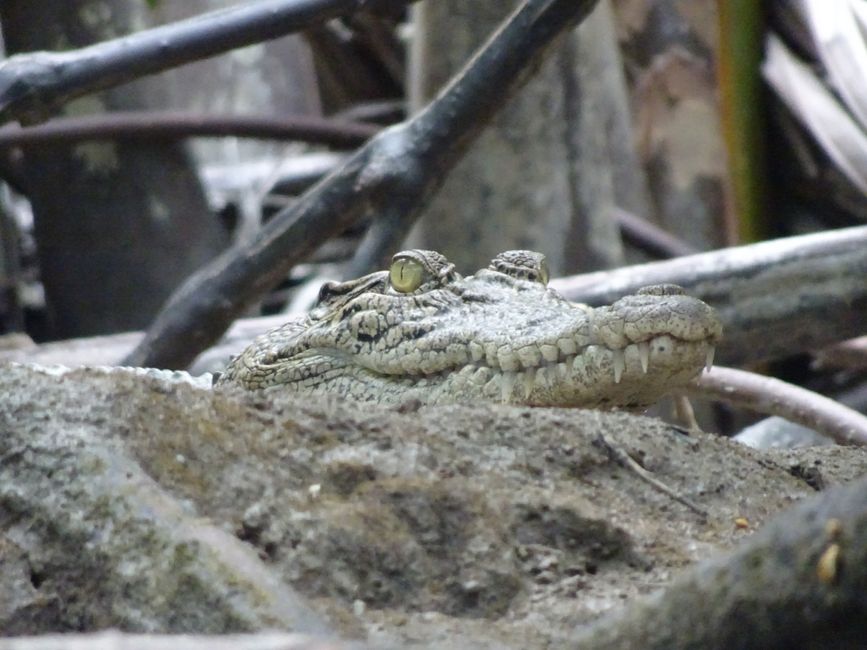
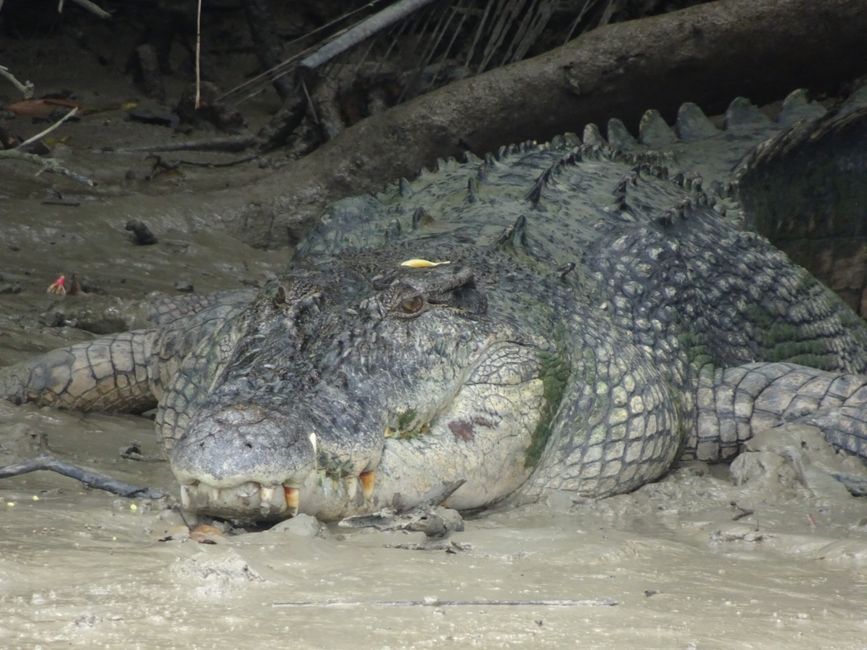
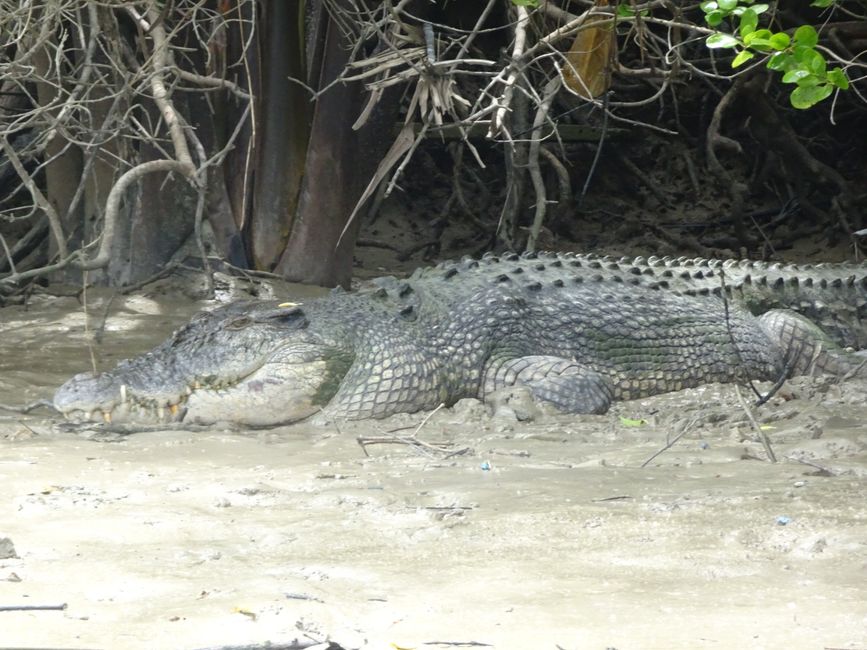

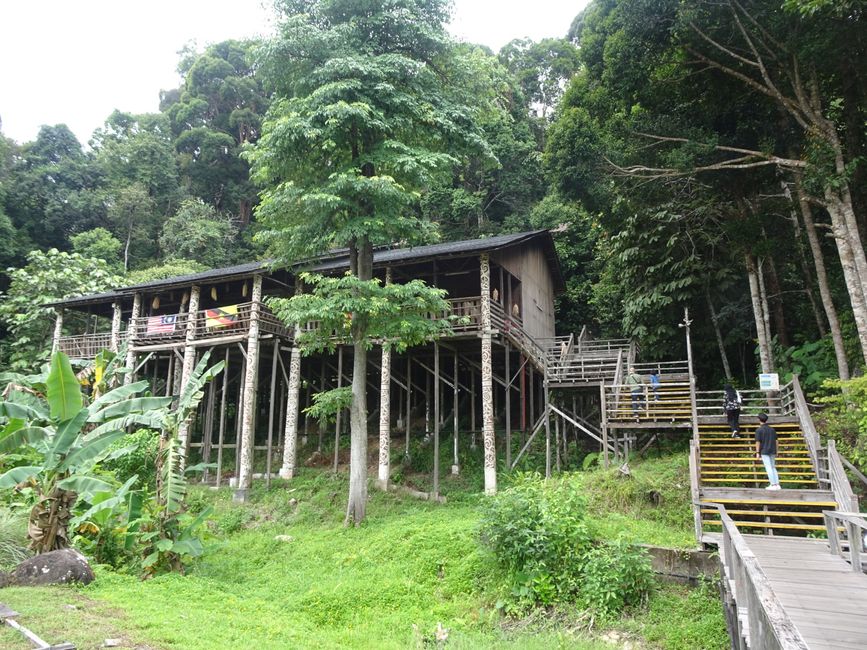
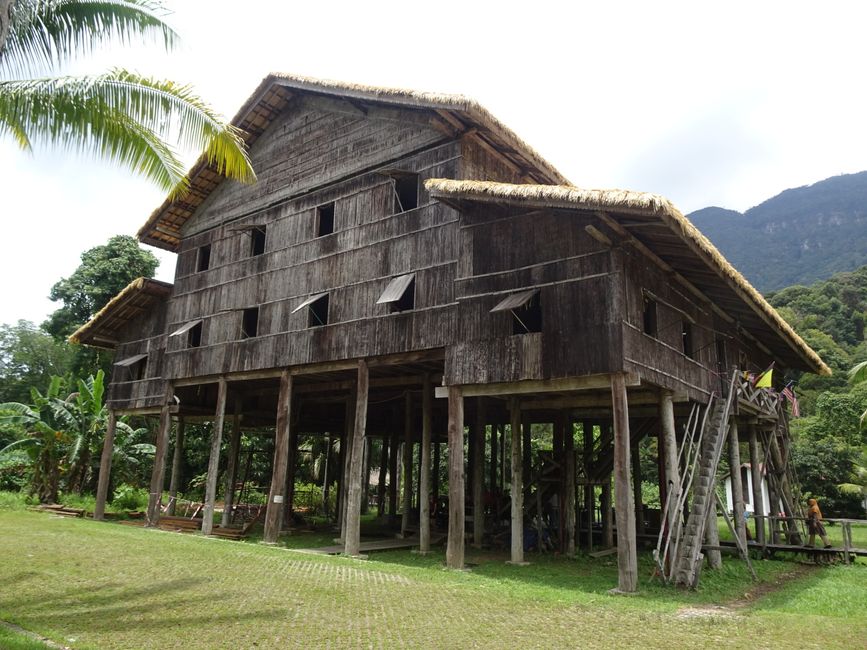
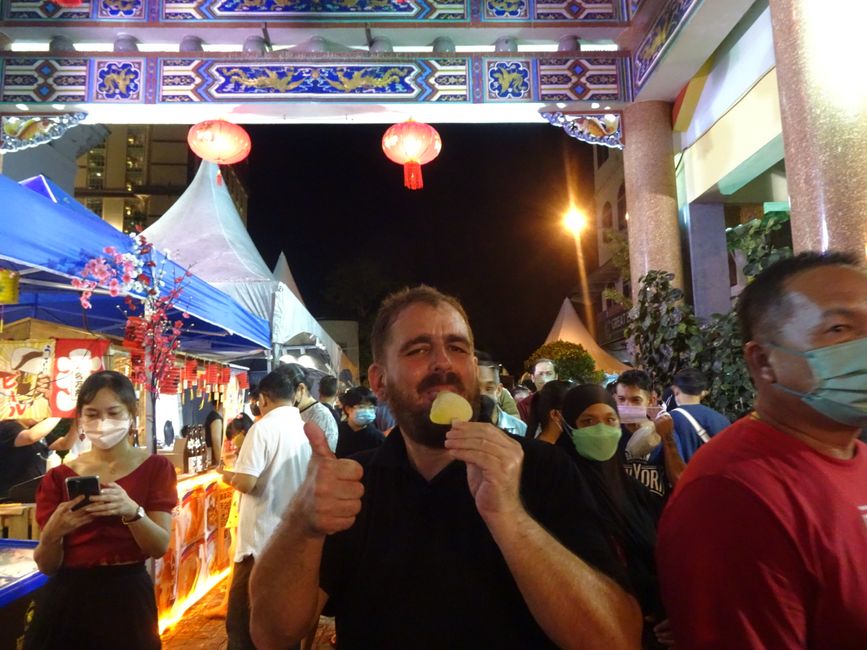
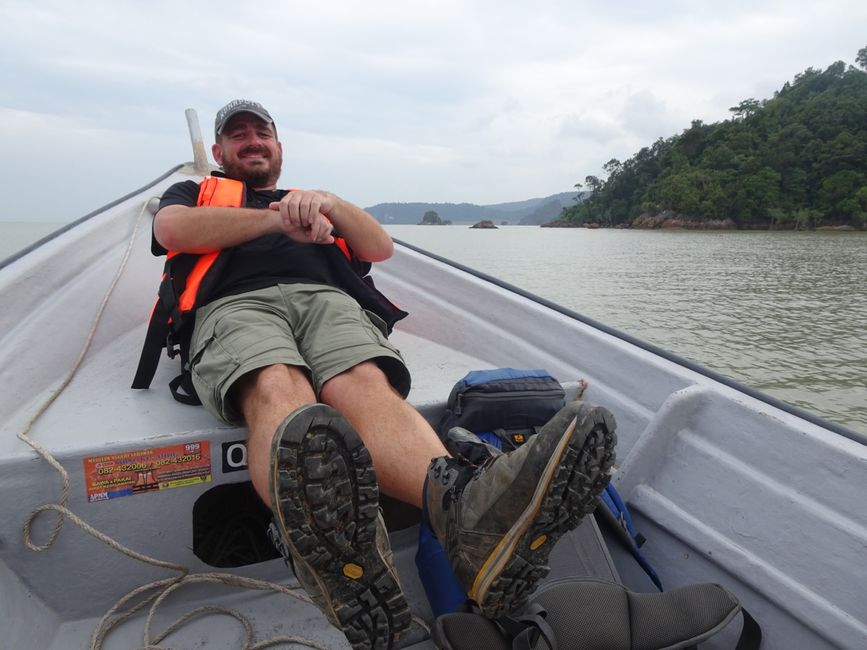
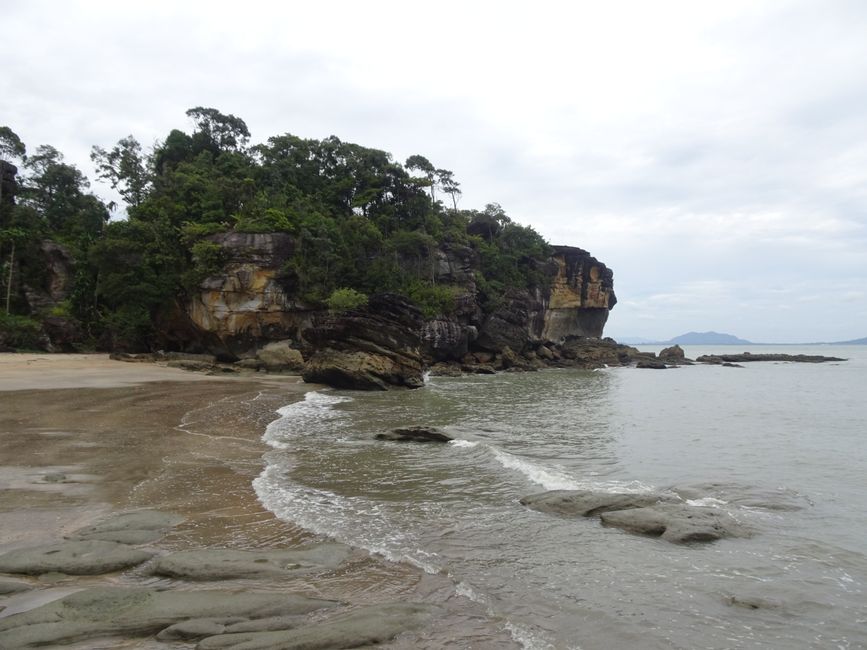
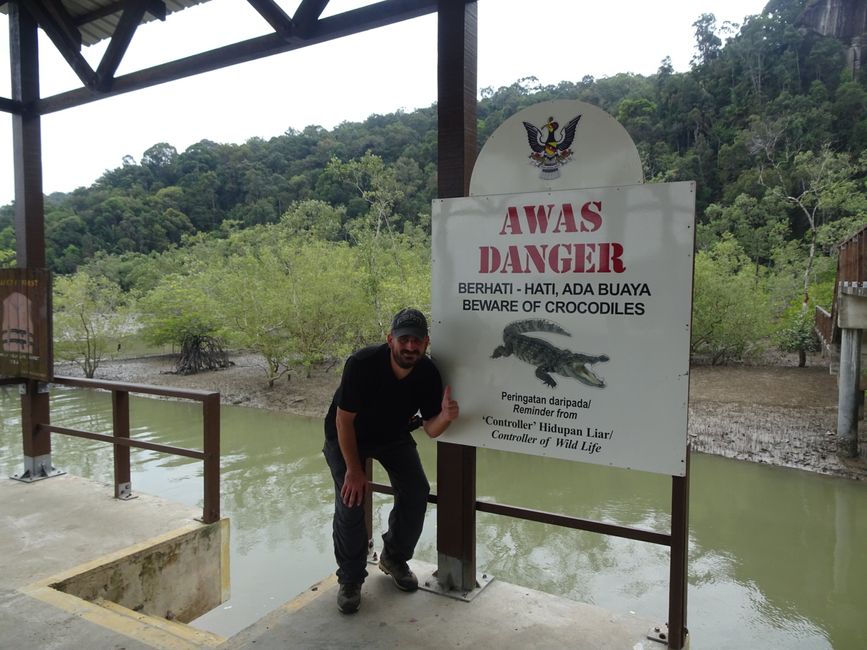
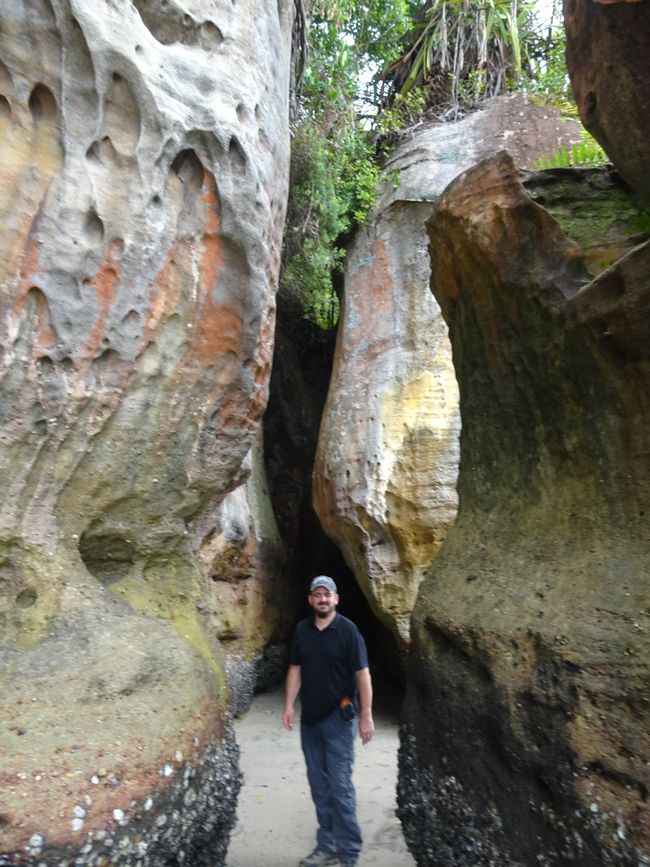
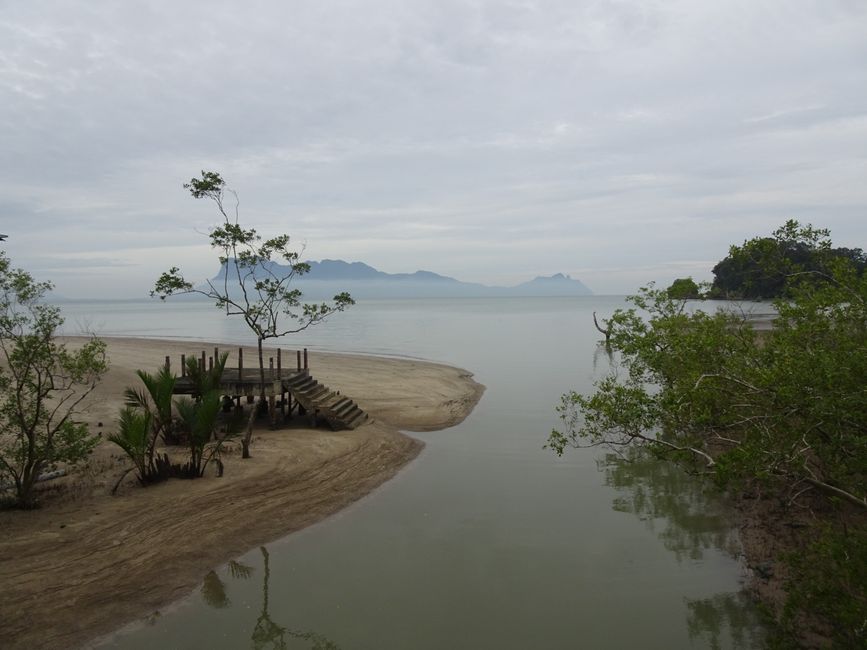
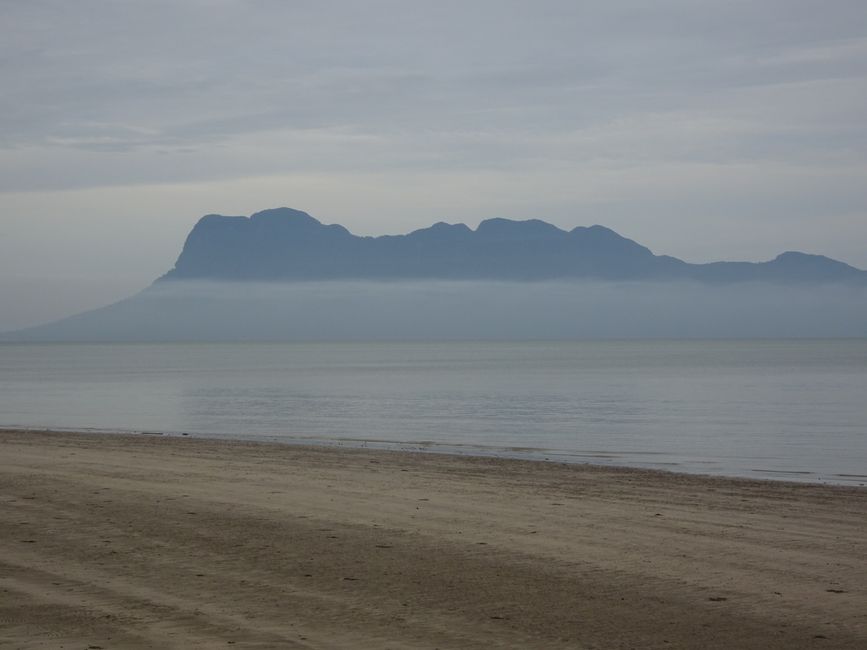
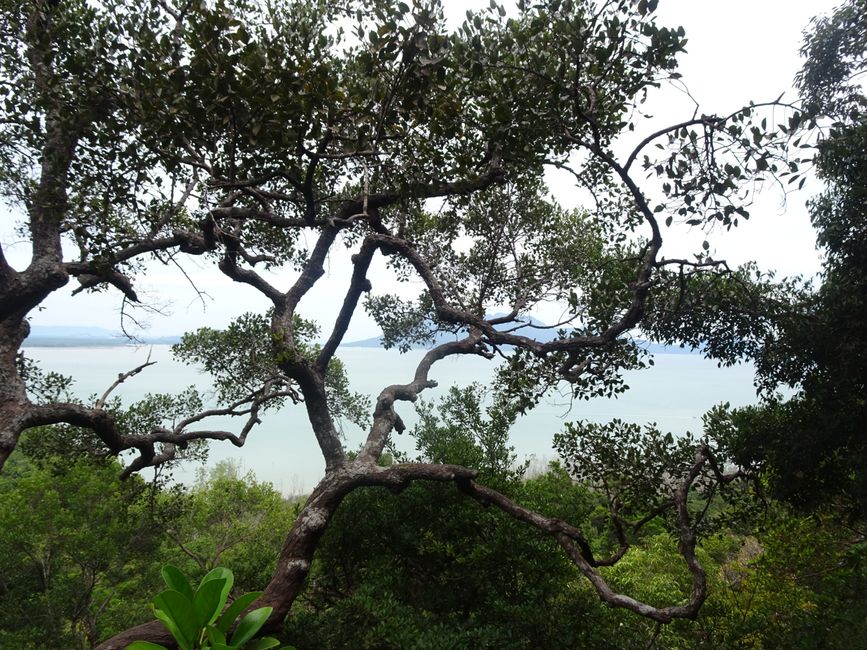
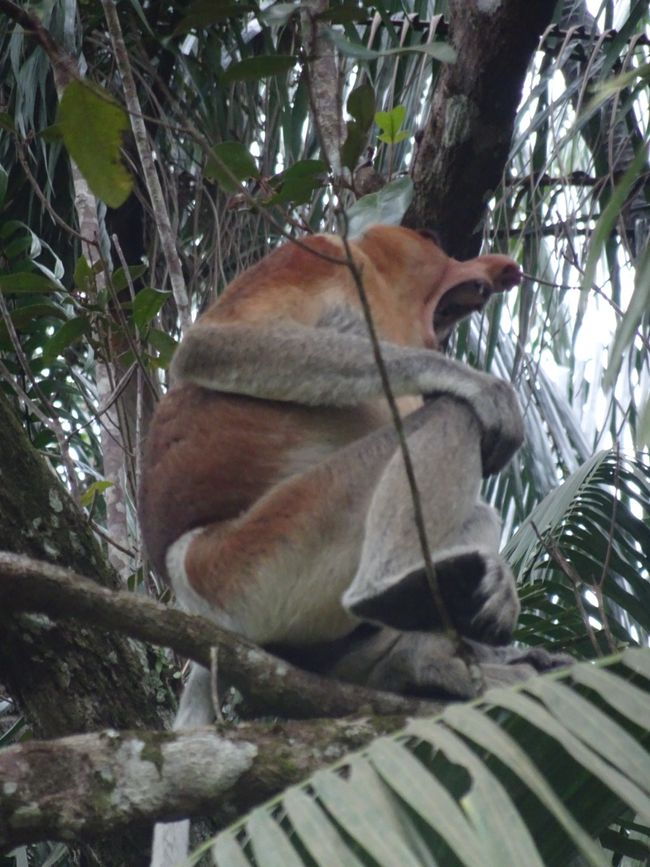
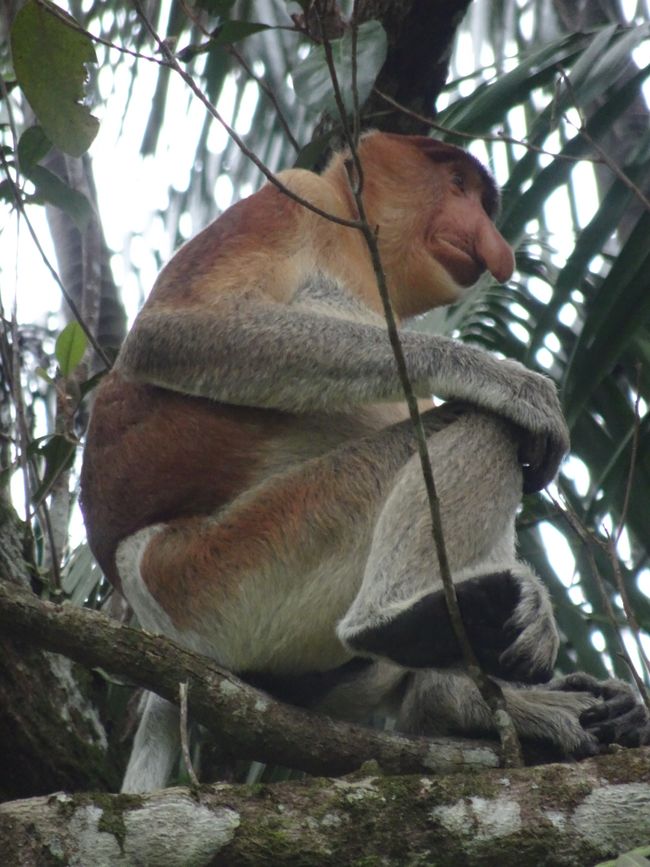
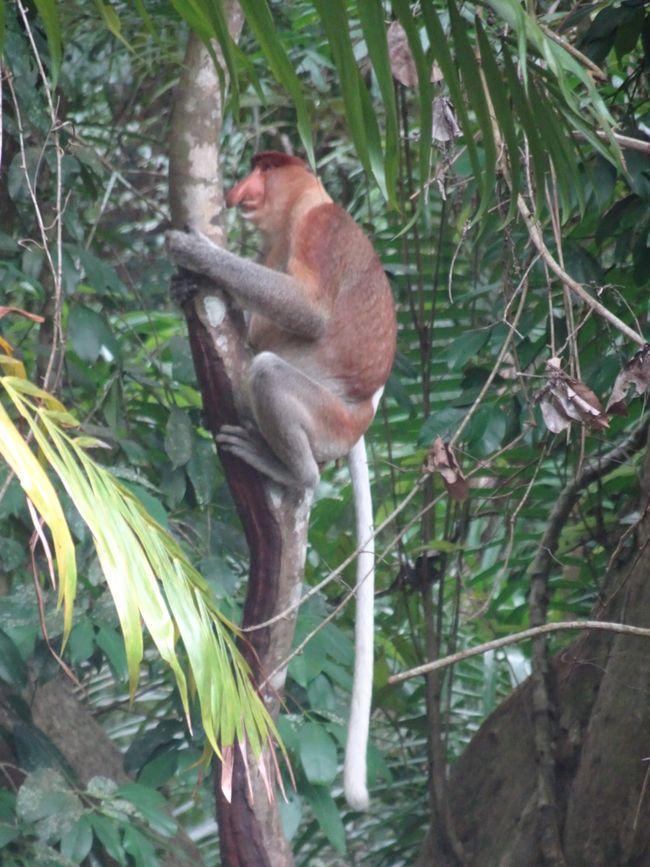
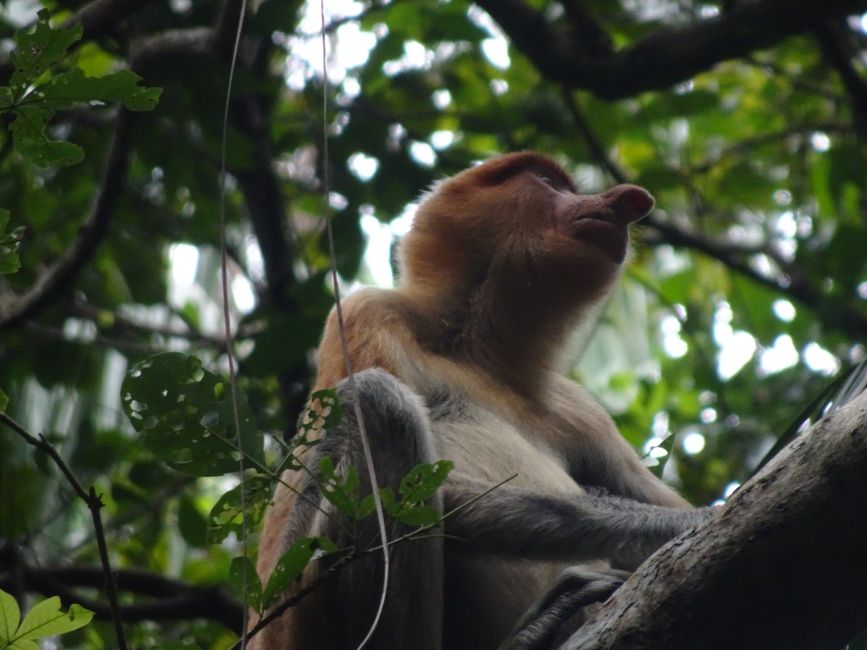
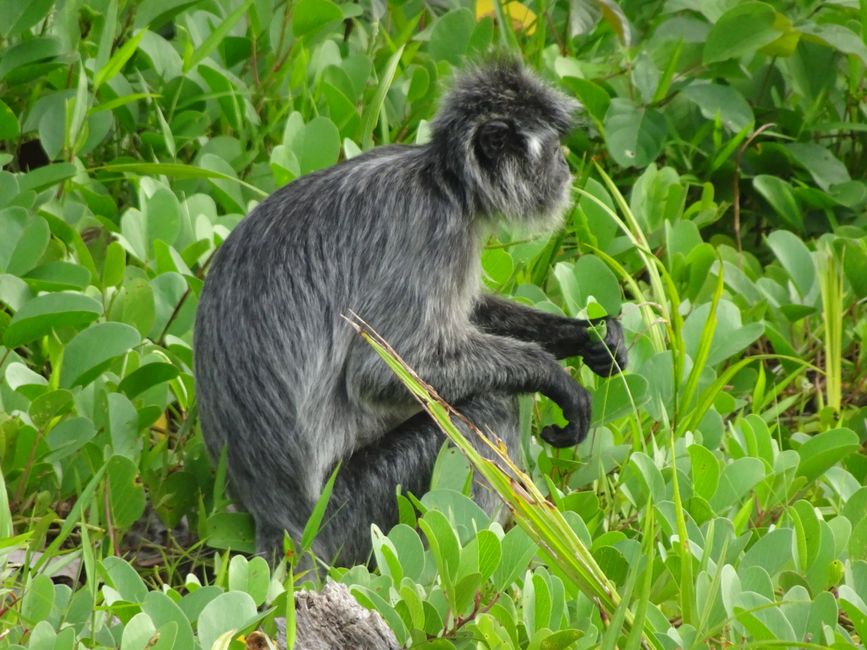
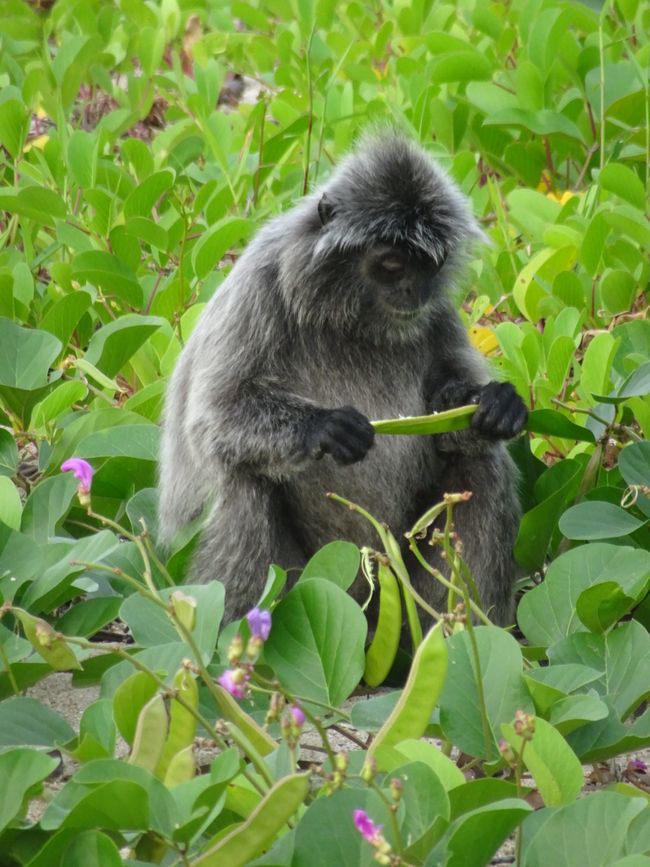
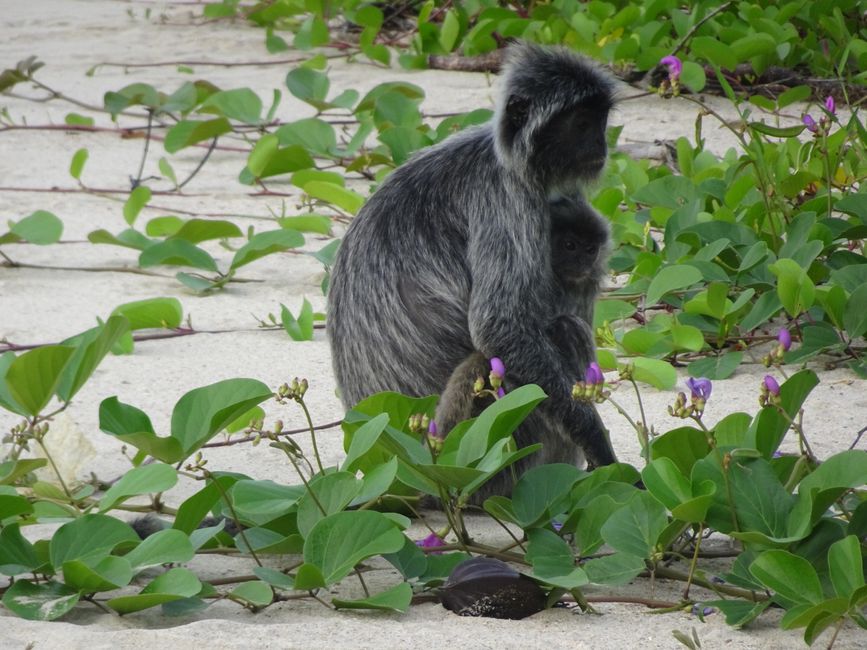
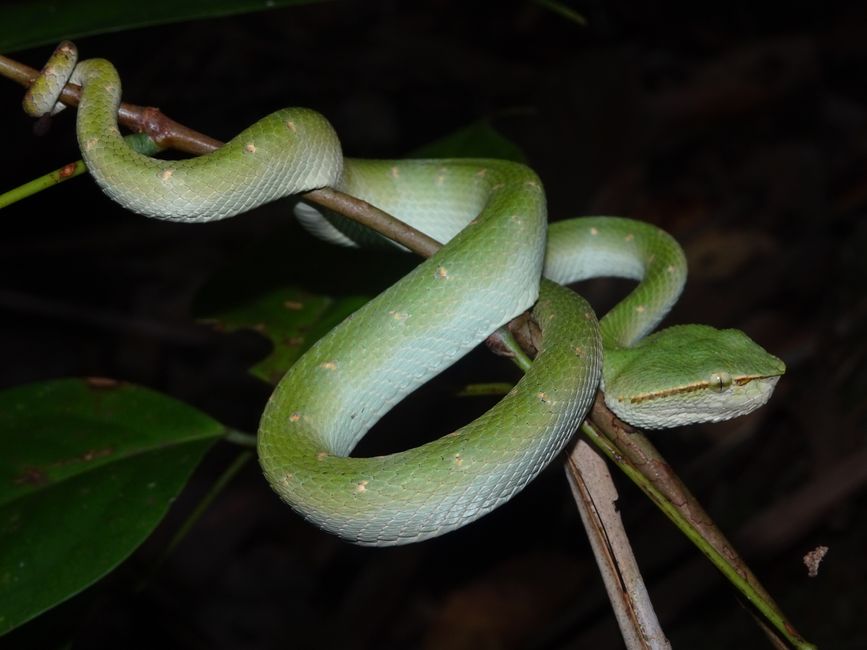
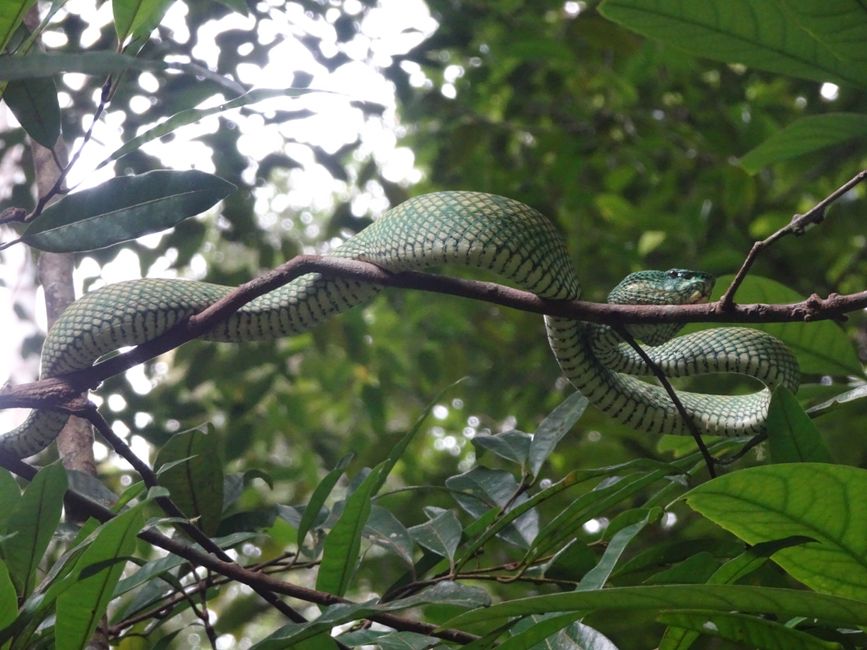
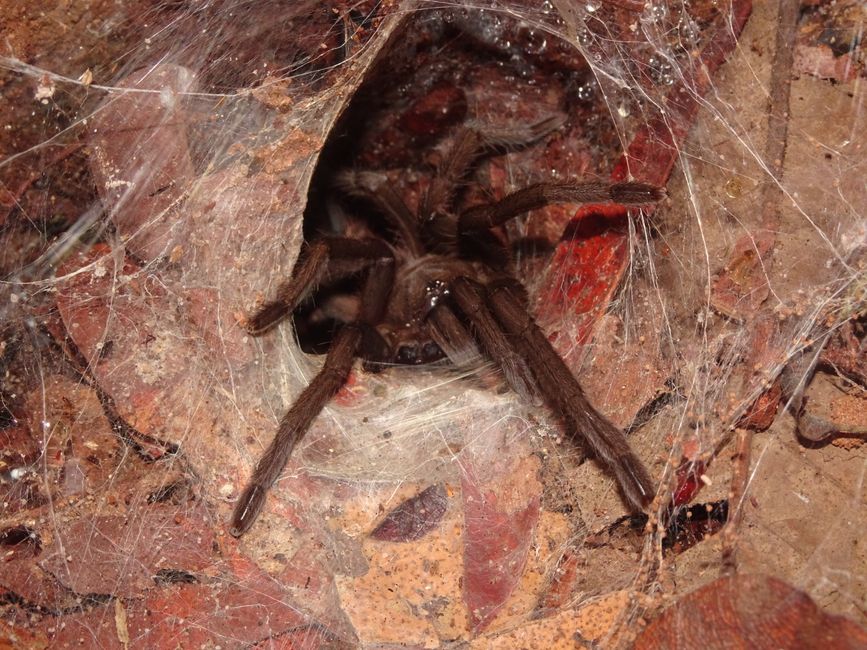
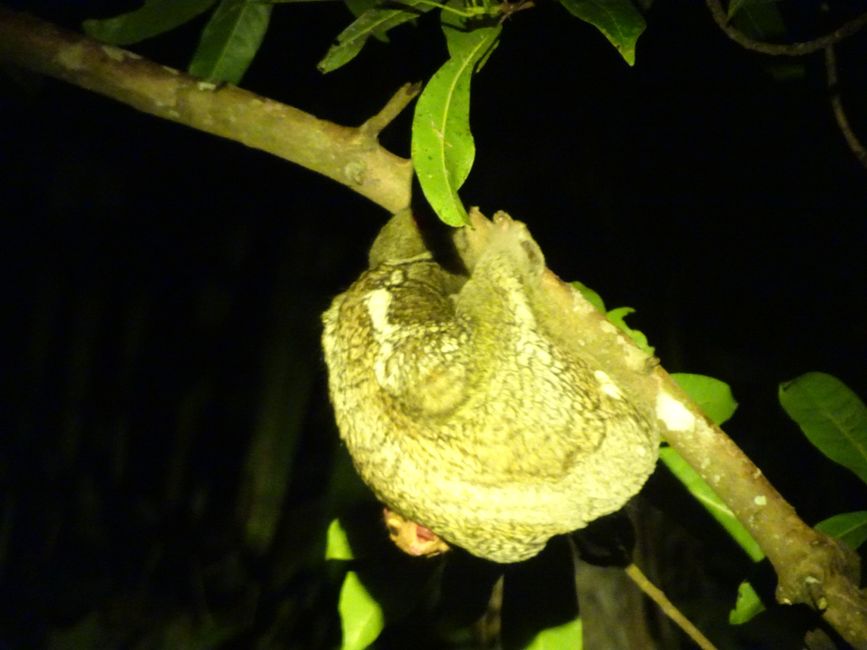
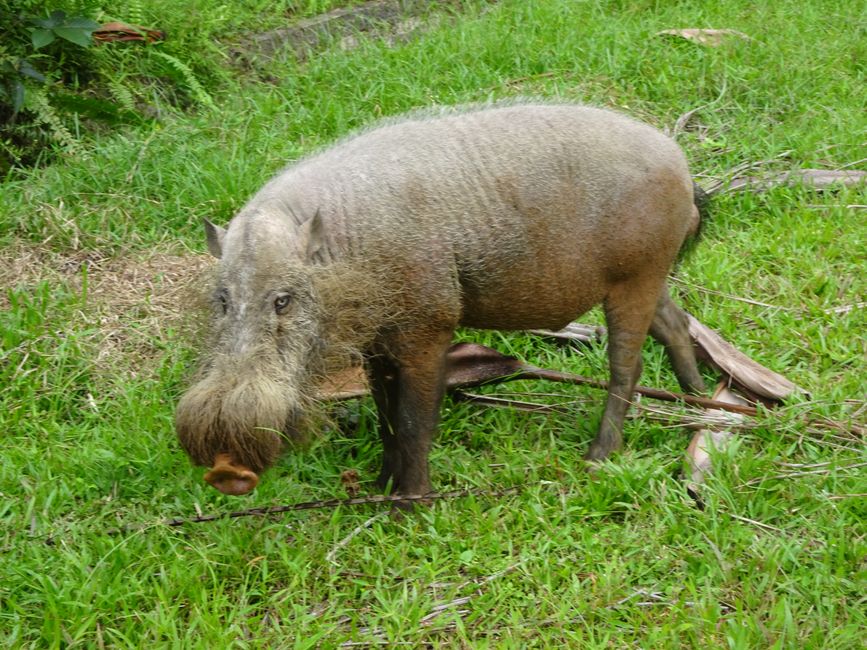
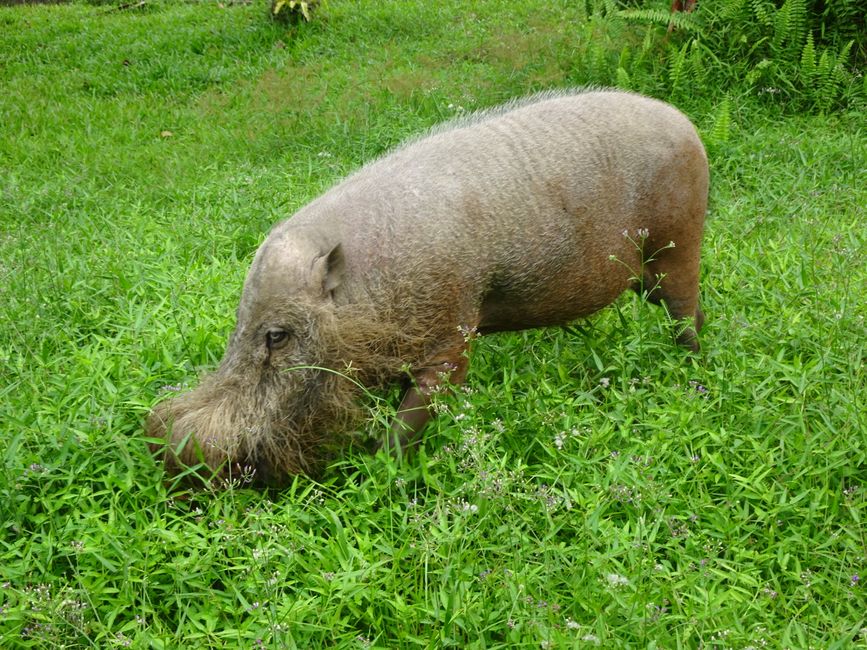
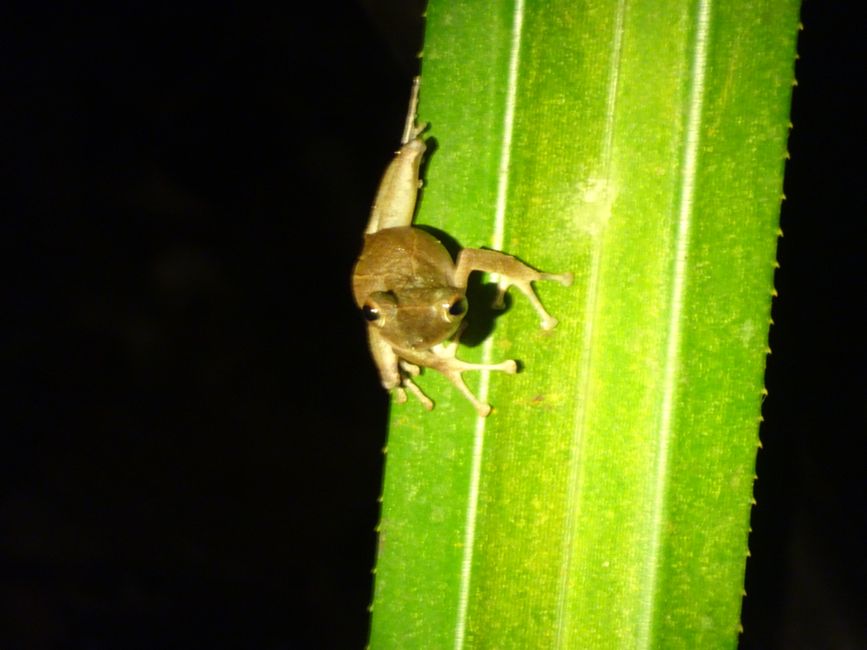
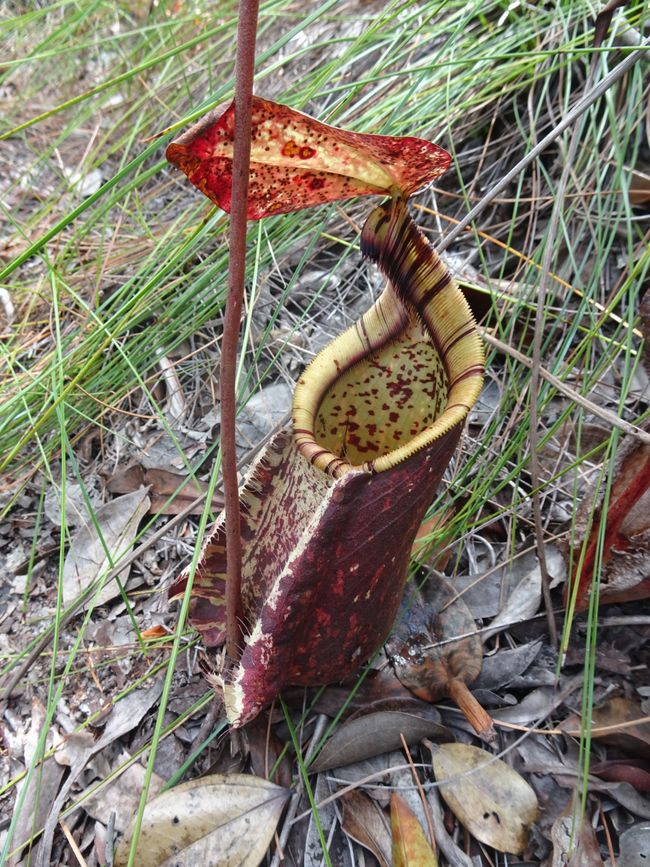
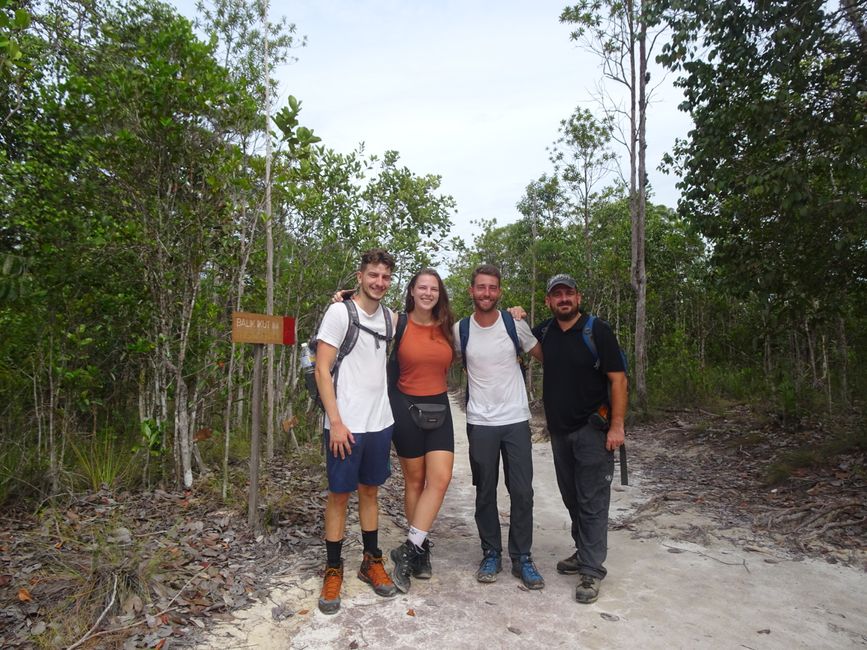
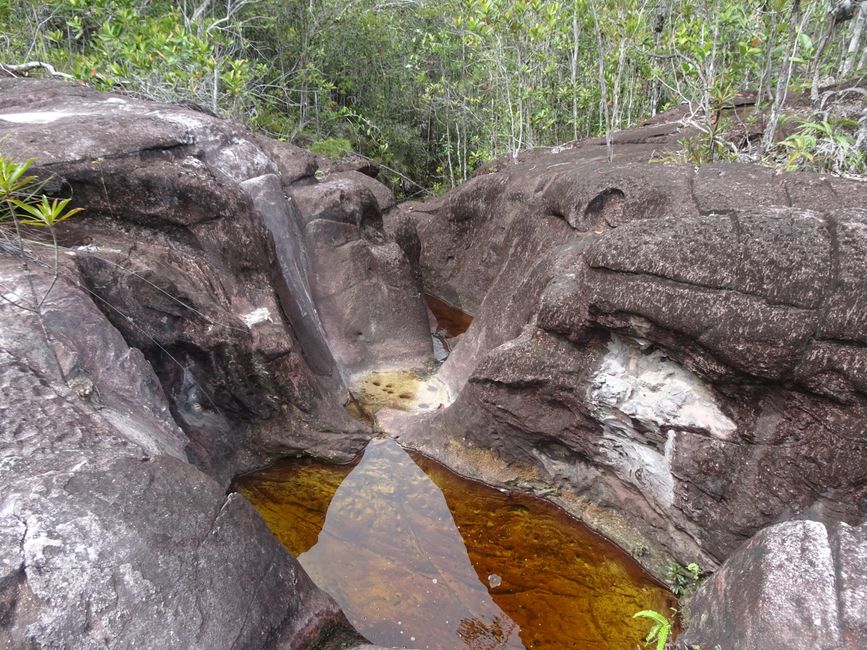
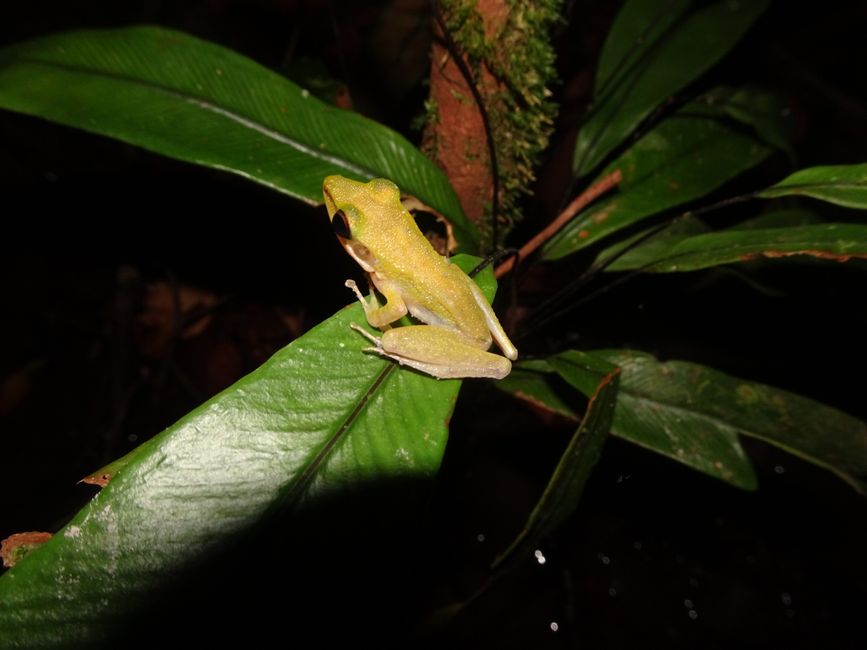
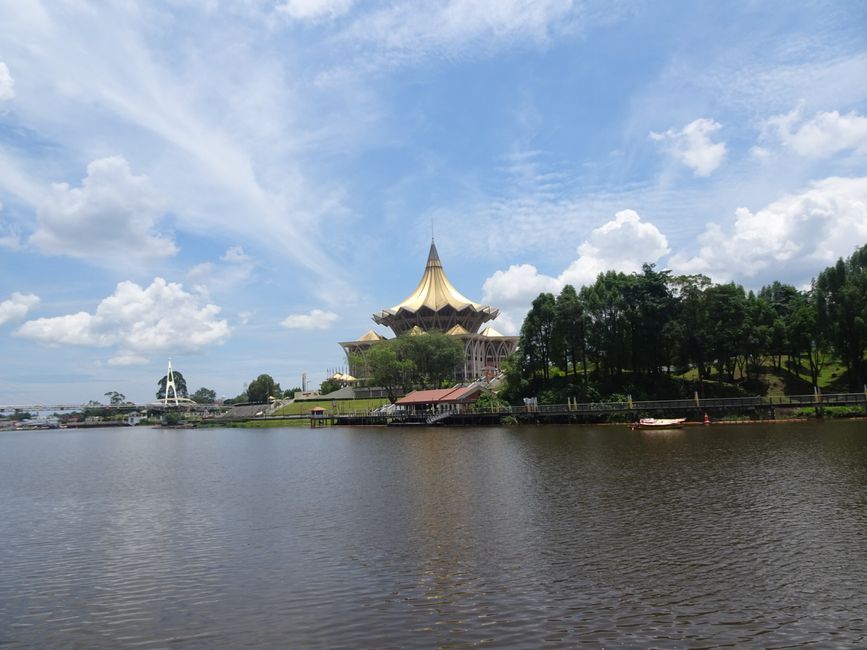
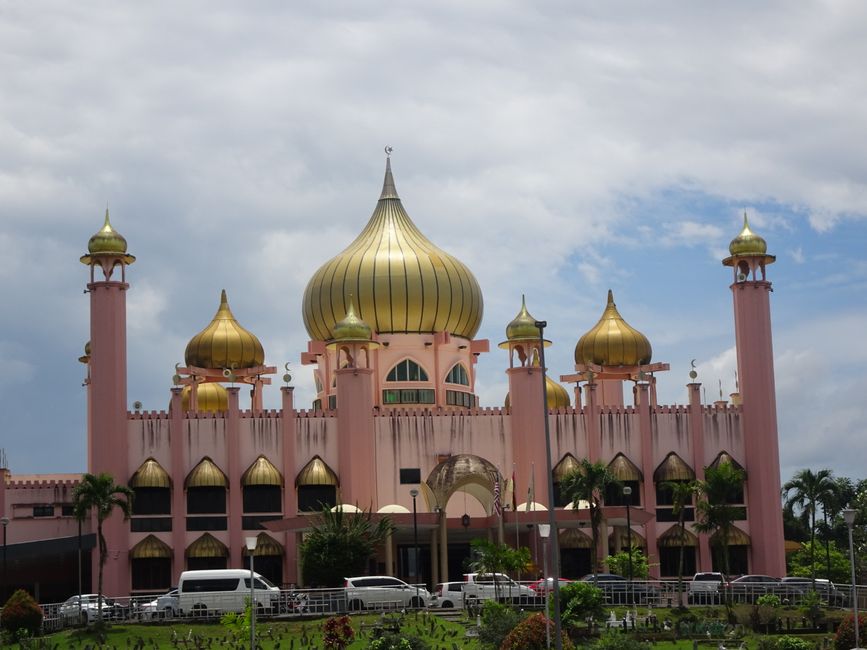
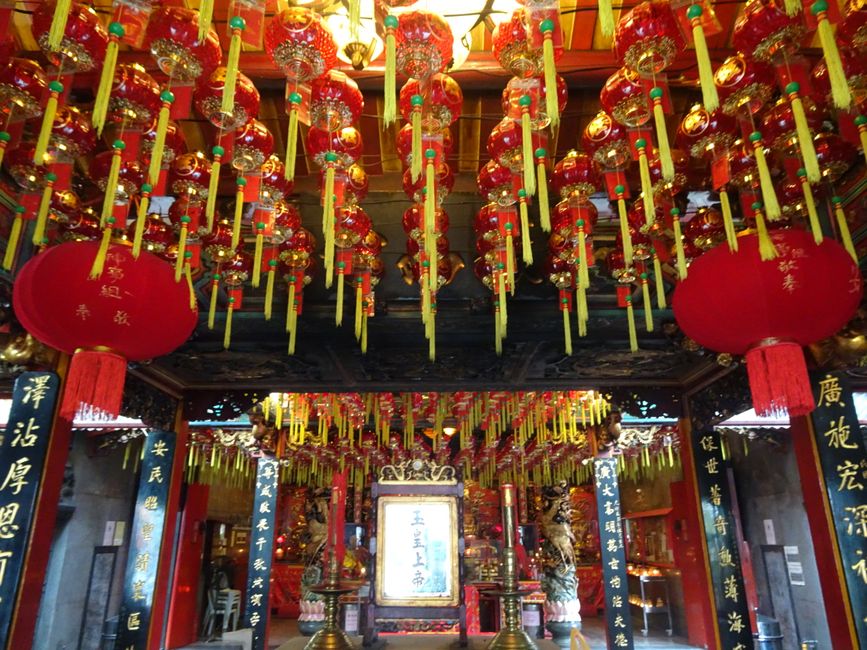
വാർത്താക്കുറിപ്പിലേക്ക് സബ്സ്ക്രൈബ് ചെയ്യുക
Actually, I had planned to travel overland to Sarawak via Brunei and spend two or three nights in Brunei. But for the first time on my trip, Corona changed my plans: Due to the strict entry requirements, which only a few people from Malaysia meet, there are currently no buses running from Malaysia to Brunei. So I had to cancel my visit to Brunei and fly to Sarawak instead, as there are no roads from Sabah to Sarawak, only jungle. So on the evening of August 26, I flew from Kota Kinabalu to Miri, where I stayed for two nights. Although there are no attractions in Miri except for a Chinese temple, my impression of the city was positive. I immediately noticed that the city is much cleaner than the cities in Sabah, and this impression was confirmed in the two other cities I visited in the following days. In addition, there is nightlife in Miri with pubs and clubs that are visited mainly by people from Brunei to escape the boredom in their Sultanate (alcohol is prohibited, dancing is prohibited, etc.). On the morning of August 28, I went to Gunung Mulu National Park, a rainforest area that is mainly known for its magnificent caves. The caves there, which are all somehow connected, form the second largest cave system in the world. For a few years, it was believed to be the largest, but then caves in Vietnam were remeasured. On a jungle trek, my group reached the first two caves. In the first cave, the formations of stalactites and stalagmites are particularly impressive, in the second cave, which is gigantic, there is a strong smell of the feces of hundreds of thousands of bats that spend their day there. Afterwards, we waited for the bats to leave the cave, which usually happens shortly before sunset in large numbers. Unfortunately, we could only see a few of them. The following day, we took a boat to the other two caves on our itinerary. In between, we had the opportunity to swim in the river. A very successful trip! On August 30, I hiked alone to a waterfall, where I could also swim.
After returning to Miri, on the same day, I continued south to Sibu on a seven-hour bus ride. Sibu is a city almost 100 percent inhabited by Malaysian Chinese. So, the mosques that can be seen everywhere in other cities in Malaysia are missing here, instead there are Chinese temples. The most beautiful one has a pagoda that can be climbed. There I met a local who now works in London and was visiting home. He could tell me a lot about the temple and the lives of the Chinese here. In the evening, I enjoyed excellent Chinese food in a grill restaurant. Unfortunately, I had some bad luck with my choice of accommodation. Due to a karaoke club right next door, there was no sleep before three in the morning. On September 1, I continued to Kuching, the largest city in Sarawak, on an eight-hour bus ride. There I stayed at the Marco Polo Guesthouse, a beautiful hostel on the outskirts of the city center. My air-conditioned room cost only 13€! Many nice backpackers from different countries were staying there, so on the first evening, I went out with Fred from France and Laura from Colombia. We ended up at the Mooncake Festival, which was taking place for several days. There was live music, shows, and plenty of food and drinks. We didn't like the mooncake, but a Swiss guy had a stand where he sold schnitzel in a baguette! Unbelievable! The next day, I went out alone to explore the city. Kuching is by far the most attractive city I have seen in Borneo. The city center, located on the river, has an incredible flair. I visited three Chinese temples, a mosque, and the orchid garden. In the evening, we went back to the Mooncake Festival, where Fred, the Frenchman, was greeted with the friendly words 'putain de merde' by the schnitzel vendor! On September 3, I took an organized boat tour to the Wetlands National Park, a river delta with mangroves. There were many Irrawaddy dolphins that swam around the fishing boats to get some of the catch. Unfortunately, they were difficult to photograph as they only surfaced for a second. We also found 4 estuarine crocodiles, two of which were really large. This crocodile species also goes into saltwater, grows larger than the Nile crocodile, and is the most dangerous crocodile in the world. In World War II, estuarine crocodiles massacred Japanese soldiers who were pushed back into a swampy area by the British in what is now Myanmar. Although the number of allegedly nearly 1000 killed soldiers is now doubted, the crocodiles have been in the Guinness Book of Records ever since for the largest massacre of humans by animals. Afterwards, I was dropped off at the Sarawak Cultural Village, where you can visit the exterior and interior of wooden houses of the different ethnic groups living in Sarawak, including the longhouses for which Sarawak is known. That was very interesting. But then I had the problem that, contrary to my information, there was no bus back to Kuching from there. But three young locals kindly gave me a ride in their car! In the evening, I went back to the Mooncake Festival, where I tried durian ice cream. The durian, due to its strong smell, is also called the stink fruit, but it is very popular in Southeast Asia. It is usually forbidden to transport durians in public transportation or bring them into hotel rooms in cities! If you bring a durian into a hotel, you have to pay for the room for an extra week because it cannot be rented out during that time! In my opinion, the taste is very acquired.
The next day, on September 4, I went to Bako National Park for two nights, which is mainly known for its wildlife. On several hikes during the day and at night, I was able to observe proboscis monkeys, lemurs, Bornean bearded pigs, venomous snakes, and much more. During a night hike, we even saw a Bornean flying lemur, a small monkey that is capable of flying short distances. Unfortunately, there are estuarine crocodiles on the beaches of the national park, so there is no possibility to swim. After returning from the national park, I rested in the afternoon. On September 7, it was time: my last day in Malaysia had come. As a conclusion, I visited the newly opened and highly interesting Borneo Cultures Museum, which gives a great overview of the natural environments, history, economy, and customs in Sarawak. Unfortunately, I found out that three hours were not enough for that. In the evening, I made my way to the airport to fly to Vientiane, the capital of Laos, via Kuala Lumpur.
Malaysia is a beautiful travel destination, sometimes really Asia as if from a picture book. The people are very hospitable, helpful, and never intrusive. English is enough to get by easily. Sabah and Sarawak are worthwhile destinations for nature lovers, but if you want to go to the beach, it is better to stay on the mainland, as there are hardly any beaches in Borneo. It is to be hoped that the fantastic nature, which is heavily threatened, will be preserved there.
വാർത്താക്കുറിപ്പിലേക്ക് സബ്സ്ക്രൈബ് ചെയ്യുക
ഉത്തരം
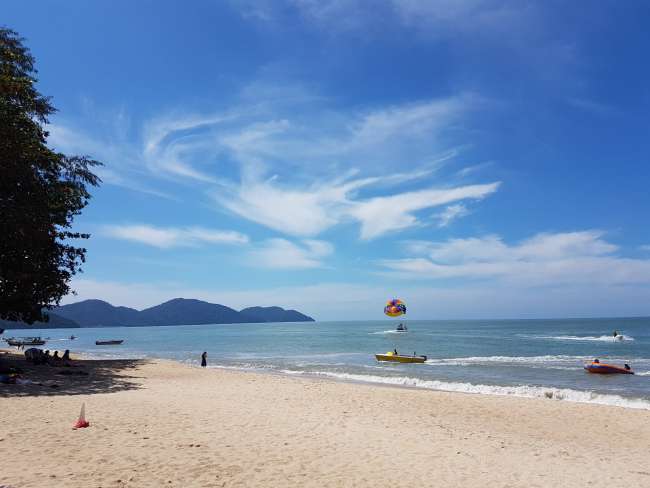
യാത്രാ റിപ്പോർട്ടുകൾ മലേഷ്യ
